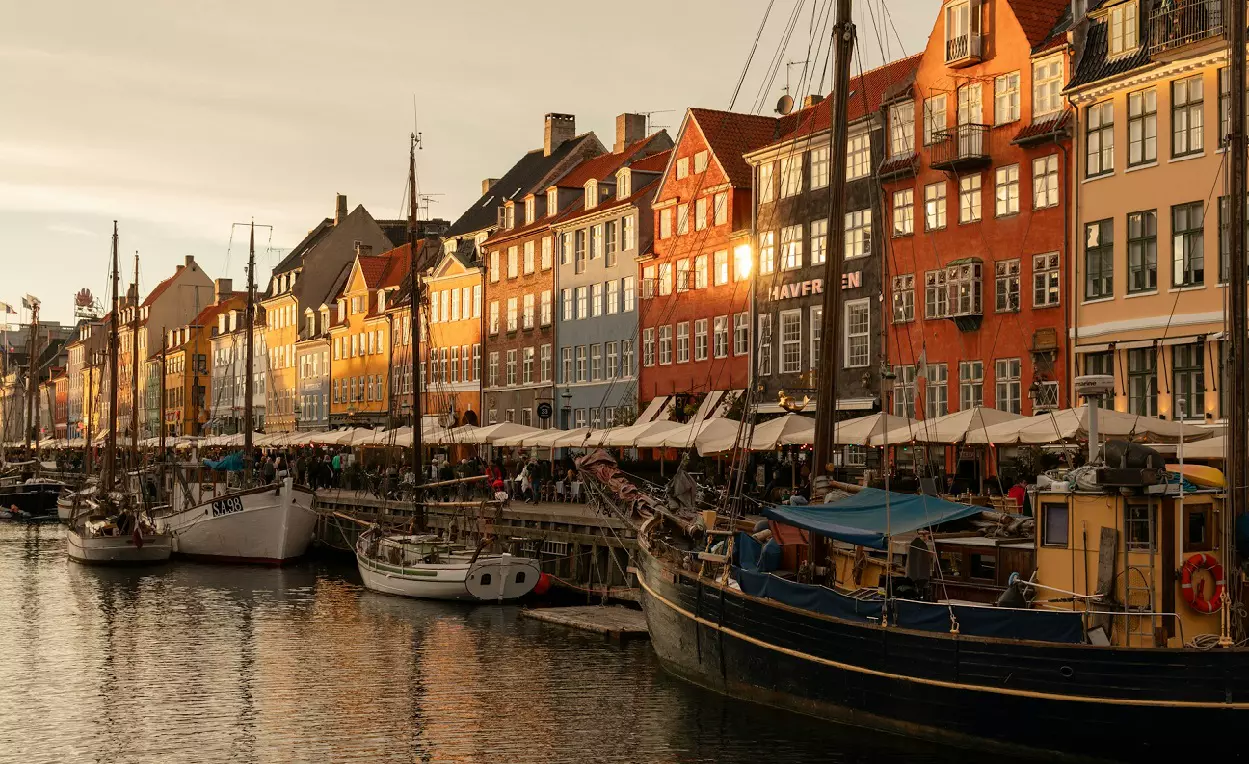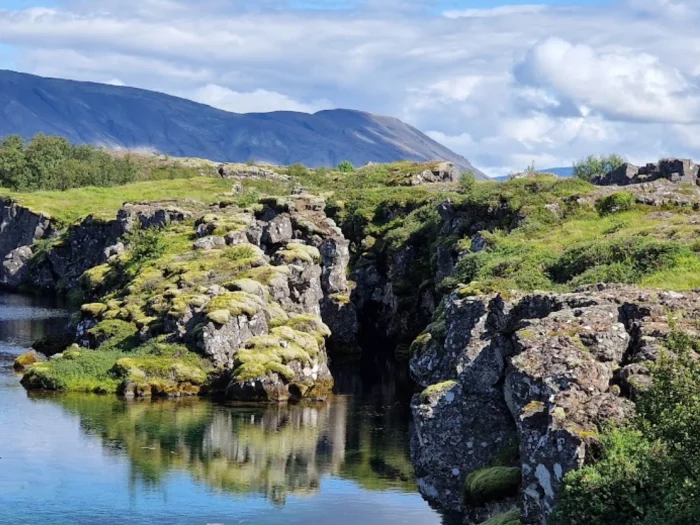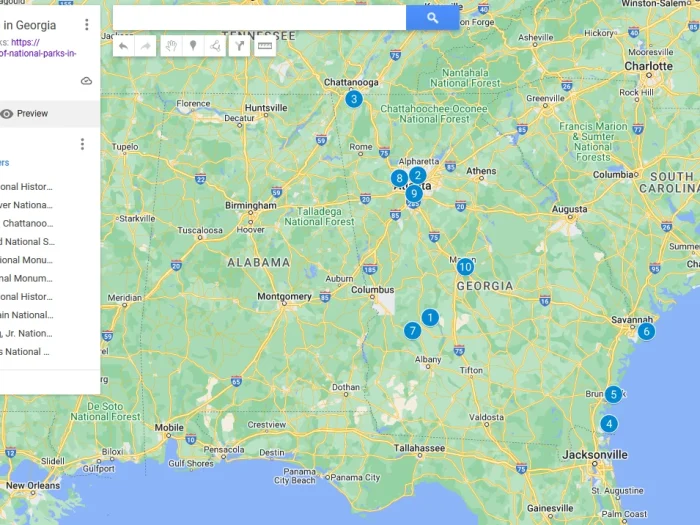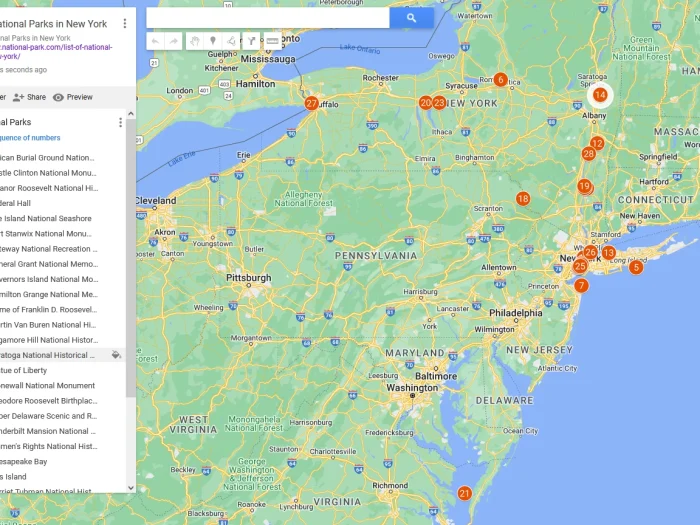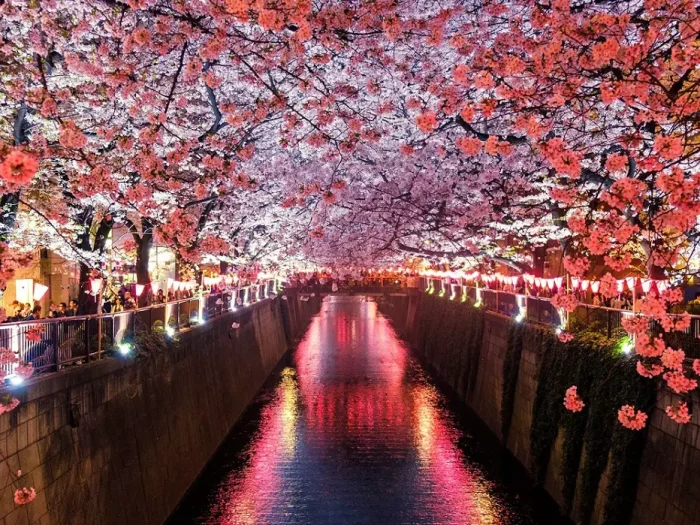Cultural Experiences in Scandinavia
Scandinavia is more than a geographical region of Europe, it is a term commonly used to refer to Norway, Sweden, and Denmark, sometimes also Finland and Iceland, known for their mystical experiences of the midnight sun, dazzling fjords, and magical northern lights. The cultural heritage of Scandinavia is diverse and therefore filled with galleries, art projects, and a strong historical background. The general request for cultural experiences will be especially important for each of the Scandinavian nations, as each of them values individual visions of tradition, but at the same time has an avant-garde perception of society and art forms.
With the Scandinavians, we can start with well-being and contentment: hygge in Denmark. It means comfort, hospitality, and the ability to live with less and appreciate more; it is defined as coziness or comfortable company. It is typical of candlelit interiors, a cup of coffee with friends, or a cup of tea when it is cold outside. It explains that in Denmark, tourists can feel comfortable in local cafes that are lit with warm bulbs and small lamps, cozy and warm, and mostly small, allowing people to retire.
Denmark’s Architectural Marvels and Legacy
Source: https://unsplash.com/photos/a-harbor-filled-with-lots-of-boats-next-to-tall-buildings
Denmark has always been known for its great architecture and overall design of aesthetics across the globe. Its capital, Copenhagen, perfectly combines new architecture and the classical one: historical Amalienborg Palace where the royal family of Denmark lives is next to the futuristic Opera House and the Black Diamond, the new wing of the Royal Danish Library. Tourists can take architecture-guided tours around the city to fully understand the changes that Copenhagen has undergone in its architectural design.
Those interested in art and history will find just the best museums Copenhagen can offer. The National Museum of Denmark presents the history of Denmark from prehistoric times to the Viking Age, the Middle Ages, and the present. Everyone knows that Copenhagen is one of the most beautiful cities in Europe, so it’s hard to name the must-see attractions, but the Louisiana Museum of Modern Art, located near the city and accessible by train, is one of them. Located on the seafront, with incredibly beautiful and expressive modern architecture, Louisiana showcases the work of both established and emerging artists and is one of the most important contemporary art museums in the Nordic countries. The sculpture park and views of the Eresund Bridge make the museum more than just a place to enjoy art outside of bustling city life.
Danish design can be found not only in museums but also in cafes and restaurants, as well as in public places. The design is based on simplicity and brevity – the main principles of the Scandinavian style.
Norway’s Stave Churches and Viking Heritage
It has many cultures rooted in Viking history and medieval castles and some of the world’s best famous Cultural Tourist Destinations. Undoubtedly, one of the most effective ways to embrace it is to become acquainted with Norwegian stave churches as well as wooden structures, that were built in the Middle Ages. The Urnes Stave Church, an example of a stave church, that is depicted on the UNESCO World Heritage List, is unique with the ability to identify current Christian and Viking motifs in the stuccowork.
For lovers of Viking history, the Viking Ship Museum in Oslo offers of a chance to view well-preserved Viking ships and other relics. The museum is in the part of Oslo known as the Bygdøy peninsula; there are other cultural attractions to be found there as well. Norwegian heritage is not limited to the museum, of course. There are, for example, events such as the Viking Festival at the present living Viking site of Avaldsnes, Norway. This annual festival also includes mock battles, and markets as well as activities in which the visitors can participate and be part of a Viking encampment.
Sweden’s Royal Palaces
Source: https://unsplash.com/photos/a-large-building-with-a-lot-of-trees-in-front-of-it
Cultural monuments also include Sweden’s palaces, many of which are situated near Stockholm – the capital of the country. The Drottningholm Palace is a UNESCO site and has been the royal palace of the Swedish Royal family. It boasts a very old and well-preserved 18th-century theatre, lush Baroque gardens, and intricate interior decoration. Tourist attractions in Stockholm include Gamla Stan and the Old Town which has winding narrow streets and medieval buildings.
The Natural Wonders
Many of today’s Scandinavians remain deeply rooted in nature, this is the very essence of their nationality. Such a very trending culture and law in Sweden and Norway granted the public the right to access forests, mountains, and coasts regardless of the ownership of the land. One of Norway’s most popular activities is hiking, while the views from the trails along the fjords are mesmerizing, especially in the Geirangerfjord and Nærøyfjord areas. The natural areas of Sweden and Finland including Swedish Lapland and the lakes, and forests are all untouched and perfect for activities such as kayaking, fishing, and berry picking.
To Sum Up, Scandinavia is a region where age-old beliefs live in harmony with modern technology and liberal views. The region also doesn’t disappoint when it comes to culture, where you can enjoy the homey feel of hygge, visit royal palaces, explore Viking heritage, and more. The combination of spectacular landscapes and rich traditions makes any trip to Scandinavia as culturally rich as it is visually memorable, and is guaranteed to leave endless memories.

